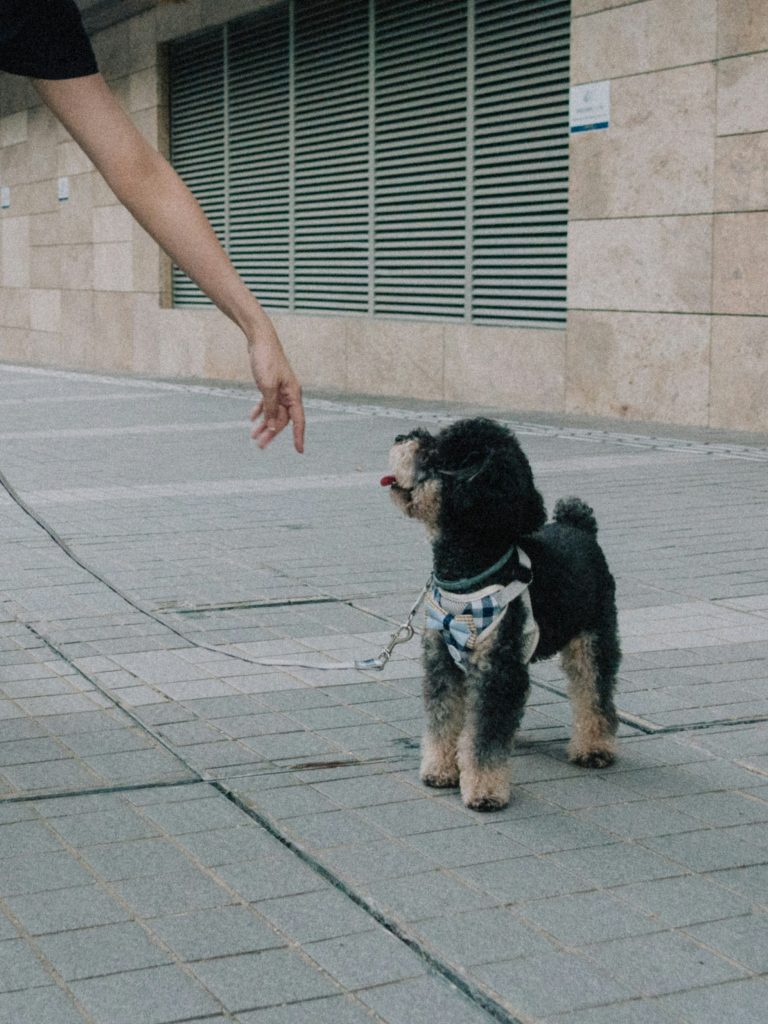How to Create a Dog-Friendly Home
Bringing a dog into your home means more than having treats on hand and a leash by the door. It’s about creating an environment that supports your dog’s safety, comfort, and enrichment—just like you would for a child or guest.
Whether you’re preparing for a new puppy or making your space more suitable for an older dog, here are simple, effective ways to make your home dog-friendly.
1. Designate a Cozy Dog Zone
Dogs thrive on routine and comfort. Create a dedicated space that feels like your dog’s very own den:
-
Choose a quiet area: Away from high traffic, loud appliances, or stressful activity.
-
Add a comfy bed: Choose something supportive and washable.
-
Incorporate familiar items: Toys, blankets, or a crate help reinforce a sense of security.
-
Keep it consistent: Avoid moving their space too frequently to maintain comfort and routine.
A well-defined spot helps your dog know where to go when they want to relax or feel safe.
2. Dog-Proof Common Areas
Even the most well-behaved dogs can get curious or into mischief. To prevent accidents and keep things tidy:
-
Use baby gates: Block off areas that are off-limits or unsafe.
-
Secure trash bins: Use lidded or hidden bins to avoid scavenging and potential poisoning.
-
Hide electrical cords: Tuck them behind furniture or use cord protectors.
-
Store medications and chemicals: Always keep these in cabinets out of reach.
-
Remove toxic plants: Common houseplants like pothos or lilies can be harmful if ingested.
Taking a proactive approach reduces the chances of vet visits or unwanted messes.
3. Flooring That Works for Both of You
Your floors should stand up to paws and claws while giving your dog solid footing:
-
Avoid slick surfaces: Hardwood or tile can cause slipping. Consider adding area rugs or runners for traction.
-
Use pet-safe materials: Vinyl, laminate, and sealed hardwood are good options for easy cleaning and durability.
-
Keep nails trimmed: This reduces floor damage and helps your dog walk comfortably indoors.
Bonus tip: Rug grippers can prevent shifting rugs that may trip you or your dog.
4. Accessible Food and Water Stations
Keep food and water areas consistent, clean, and easy for your dog to reach:
-
Use spill-proof mats: These help with messes and make cleanup easier.
-
Choose the right bowl height: Especially for large breeds or seniors with mobility issues.
-
Keep water fresh: Wash bowls daily and change water frequently.
-
Avoid shared feeding spaces: If you have multiple pets, give each one their own area to avoid resource guarding.
Hydration and mealtime should be predictable and peaceful.
5. Provide Mental Enrichment Indoors
A dog-friendly home doesn’t just meet physical needs—it should stimulate your dog’s brain too:
-
Rotate toys: Keep things interesting by switching out toys every few days.
-
Interactive feeders: Puzzle toys and slow feeders offer both mental and physical stimulation.
-
Create scent stations: Hide treats or use snuffle mats to engage their powerful sense of smell.
-
Use music or dog TV: Calm playlists or animal-focused programming can ease anxiety when you’re away.
Enrichment combats boredom and helps curb destructive behaviors like chewing or barking.
6. Think About Outdoor Access
If you have a yard or patio, make sure it’s safe and dog-ready:
-
Secure fencing: Check for weak spots, gaps, or loose boards.
-
Shade and water: Provide cover and hydration during warm months.
-
Pick up waste regularly: Keeps the area clean and prevents health issues.
-
Use pet-safe lawn care: Avoid chemicals and fertilizers that can be harmful.
No yard? Schedule regular potty breaks and outdoor adventures to give your pup fresh air and variety.
7. Make It Senior-Dog Friendly
Older dogs may need a few extra touches to stay comfortable:
-
Add ramps: Help them access beds, couches, or stairs.
-
Elevated beds: Orthopedic options can reduce joint pain.
-
Non-slip surfaces: Especially important for arthritic dogs.
-
Keep things low: Avoid high jumps or steep stairs if mobility is an issue.
A little planning helps aging dogs stay independent and happy.
8. Stay Organized for a Calm Routine
A calm dog often reflects a calm environment. Organize your dog gear so things are always ready:
-
Use hooks or baskets: For leashes, harnesses, and poop bags near the door.
-
Dedicated pet shelf: Store grooming tools, medications, and treats all in one place.
-
Label items: Especially helpful in multi-dog households or if someone else is caring for your pet.
Predictability and order help reinforce good habits.
9. Keep the Air Clean and Comfortable
Dogs bring joy—and a bit of hair and dander. Improve air quality and comfort with these tips:
-
Use air purifiers: Especially helpful for allergy-prone families.
-
Vacuum often: Choose a vacuum with a HEPA filter and pet hair attachments.
-
Groom regularly: Brushing your dog weekly keeps shedding under control.
-
Watch temperature: Dogs are more sensitive to heat; maintain a cool environment in warmer months.
Clean air and a comfortable climate contribute to everyone’s wellbeing.
Final Thoughts
Your home is your dog’s whole world. By making it safer, more enriching, and more tailored to their needs, you’ll create a space where your dog can thrive physically, mentally, and emotionally.
Best of all? A dog-friendly home often becomes a more relaxing, joyful space for you, too.


